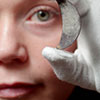Scotland’s Early Silver showcases the first thousand years of silver in Scotland through new discoveries and fresh perspectives on iconic objects. From Roman pay-offs to Pictish treasures, this is a time when silver was valued more highly than gold.
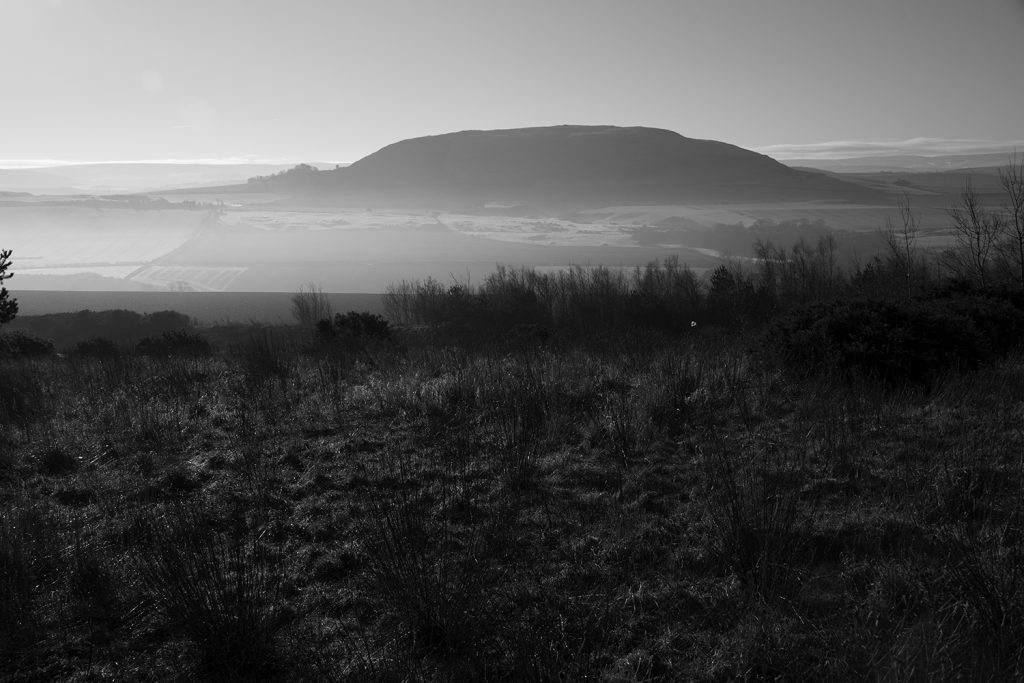
The earliest silver in Scotland arrived with the Roman army in the first century AD as handfuls of coins and the occasional piece of prestigious jewellery. Most early finds come from Roman sites – at first, this silver did not have a substantial impact on Iron Age Scotland. But that was about to change.
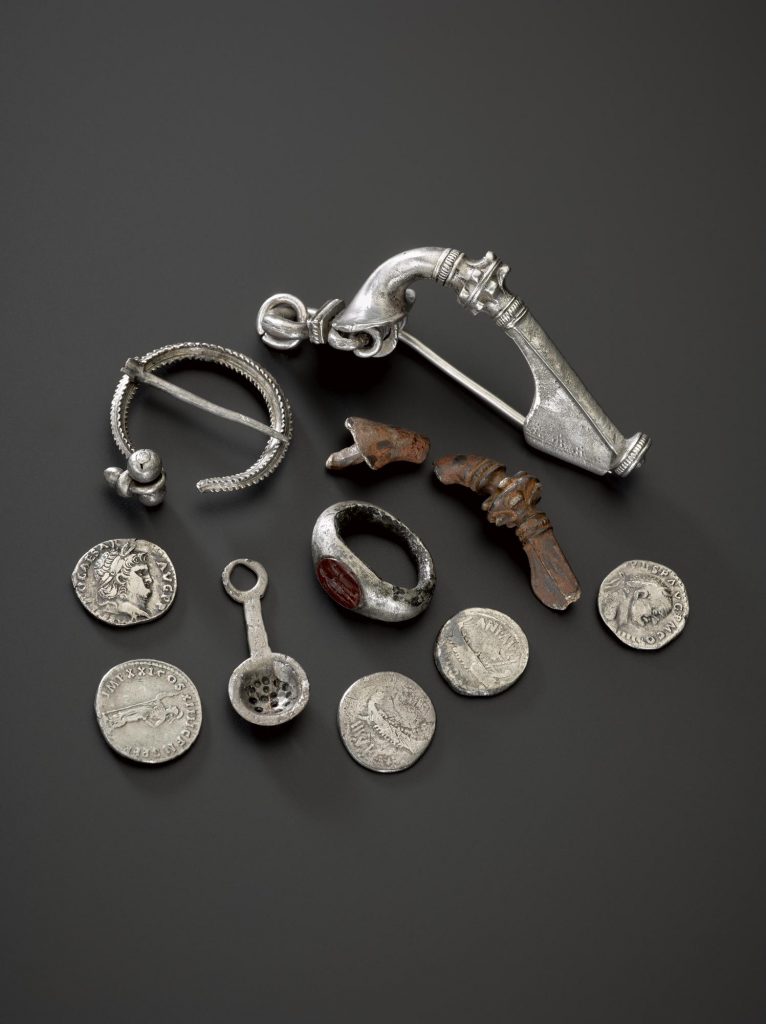
Having tried and failed to conquer with force, the Roman Empire looked to secure its British frontier using silver. Once the Antonine Wall had been abandoned in the late second century AD, silver coins were used as gifts, bribes or payments – the terminology is loaded – in order to buy allies, create buffer zones and interfere in local politics beyond the frontier.

To people in Iron Age Scotland, silver was a new and exotic material. It quickly became highly valued, used to show social status and sometimes gifted to the gods. Though these Roman coins couldn’t be spent and weren’t melted down, they were clearly very attractive to local tastes. But this new and shiny material came at a cost. One long-lived settlement at Birnie in Moray was abandoned soon after two denarii hoards were buried. Here, Roman interference seems to have caused social instability, a pattern repeated elsewhere.
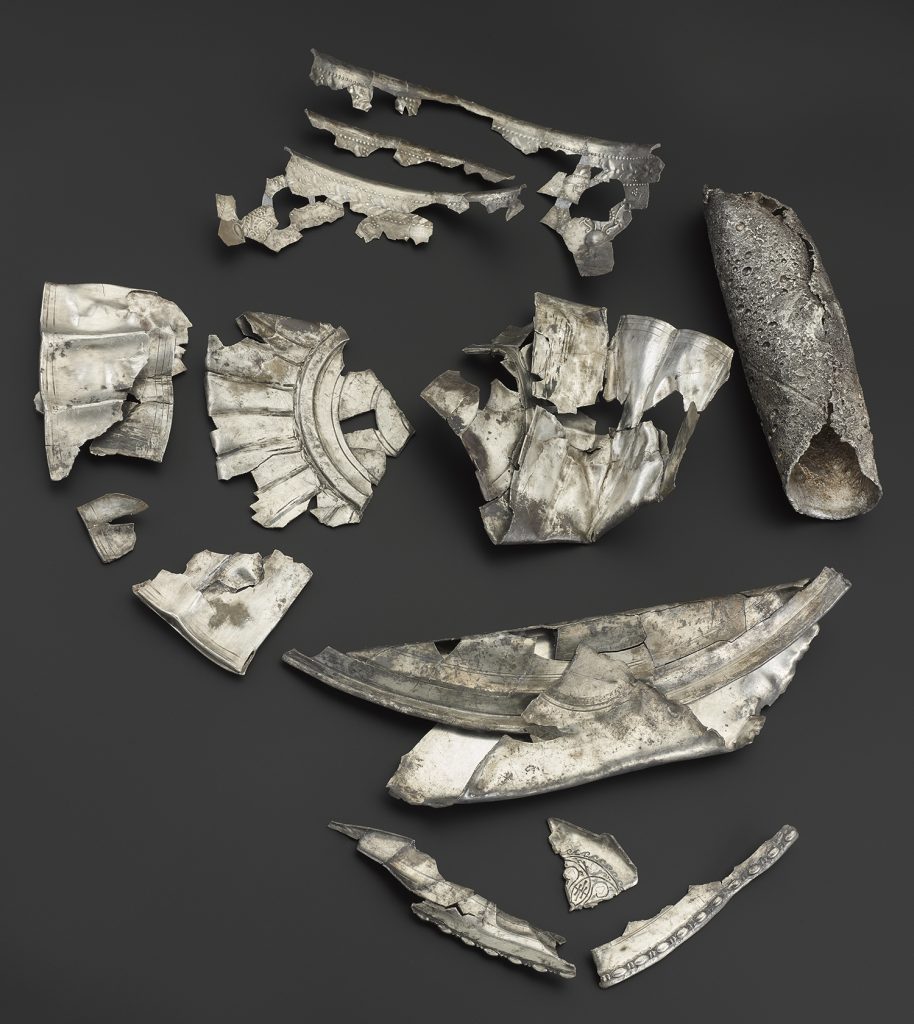
After seventy years of denarii diplomacy, these coin payments ended. An internationally significant new discovery of four Roman silver vessels from Fife has changed our understanding of what happened next. Now, thanks to a 14-year old boy’s metal detector, we know that Roman interest in parts of Iron Age Scotland resumed in the late 3rd century. Payments to secure the frontier began again but the medium changed – coins were dropped in favour of hacked-up silver tableware. The hoard from Dairsie is the first evidence for this use of hacksilver payments from anywhere beyond the frontier. The shift from coins to hacksilver is important because it created the conception of silver as a raw material, something to be made into new prestige objects.

Amongst the objects made from this new material was a series of massive silver neck chains. Nine survive, and they are displayed together in Scotland’s Early Silver for the first time ever. Most are undecorated, suggesting it was the material and the scale that mattered – they show powerfully how much precious metal was available in the 4th and 5th centuries AD. The chains fit best in a late Roman Iron Age context, the time of peak silver availability; analysis of one from southern Scotland suggests it was made from undiluted late Roman silver.
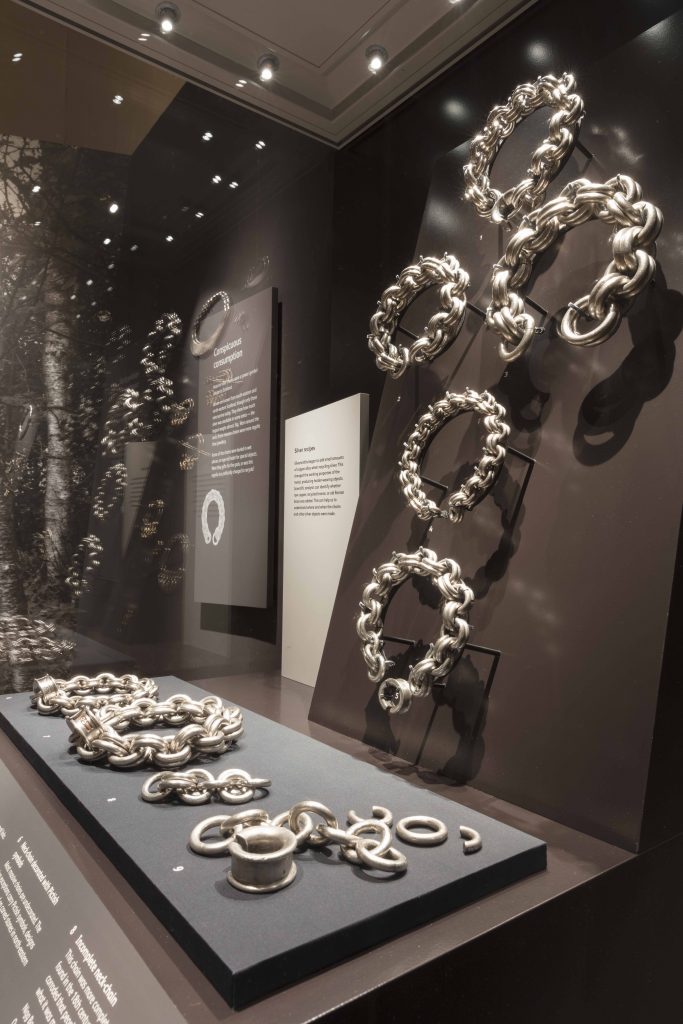
The end of the western Roman Empire brought an end to Imperial precious metal payments. With no evidence for the exploitation of local silver sources at this time, recycling old silver became vital. Thanks to new research and a new discovery, we now have the first evidence for this management. Two hoards, from Norrie’s Law in Fife and Gaulcross in Aberdeenshire, show that the practice of hacking silver into regular portions and parcels continued after Rome. Research on neglected parts of the Norrie’s Law hoard recognised this hacking for the first time, while revisiting the findspot at Gaulcross provided 90 new fragments of hacksilver that showed the two hoards were closely related. Both contain Roman and non-Roman objects, many of which are rare or unique; each of the hoards is a snapshot of things which otherwise were lost to recycling.
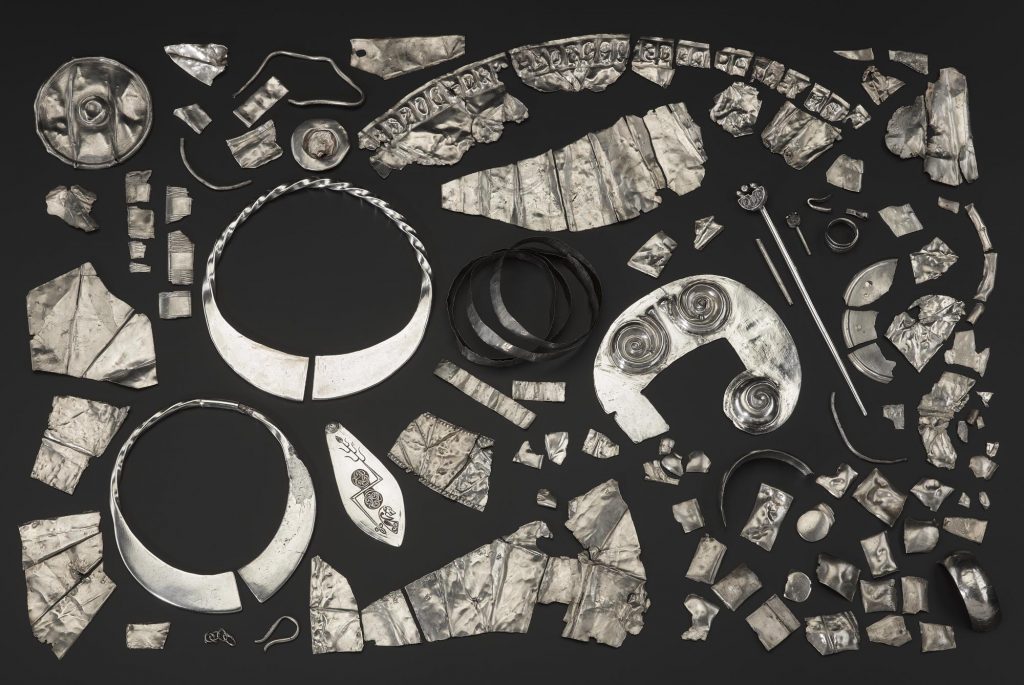
Generations of recycling provided metal for that classic status symbol of early medieval Scotland – the brooch. But with every melt came the opportunity to dilute, to add a little more copper alloy into the mix. Some of the 8th-century brooches, bowls and weapon fittings buried at St Ninian’s Isle in Shetland show the consequences of this stretching – green verdigris, a tell-tale sign of high copper-alloy content. At this time of limited silver supplies, a silvery appearance was more important than purity. That changed with the dawn of the Viking Age, which brought the first fresh bullion supplies to arrive in Scotland for four hundred years, but this is another story.
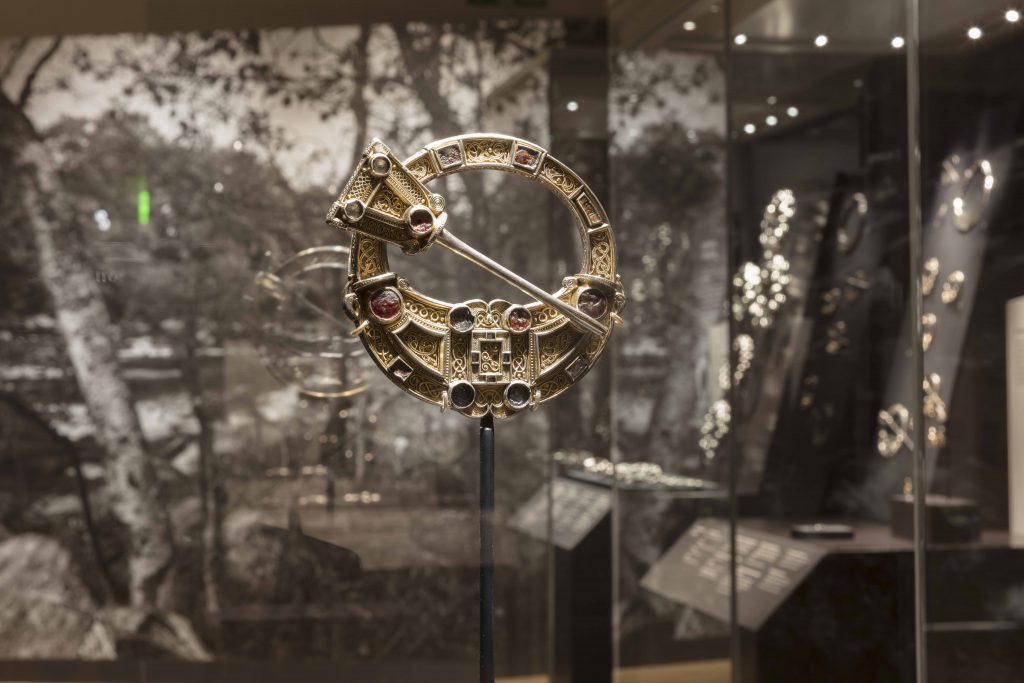
Scotland’s Early Silver is a free exhibition at the National Museum of Scotland, until 25 February 2018. The exhibition is accompanied by a book Scotland’s Early Silver: transforming Roman pay-offs to Pictish treasures, and a programme of events. To find out more visit www.nms.ac.uk/silver
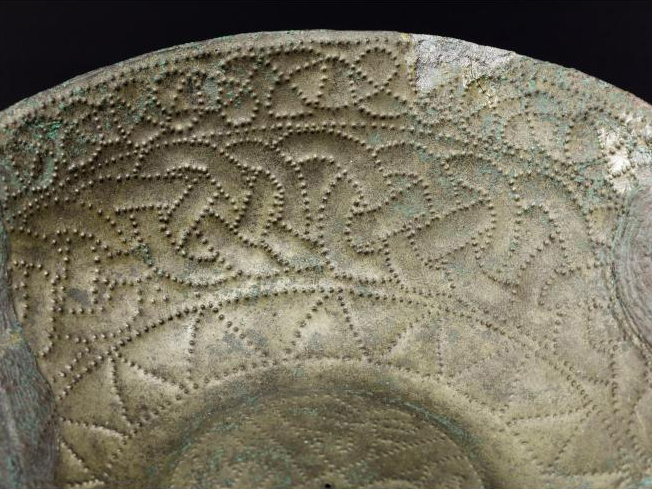

The Glenmorangie Research Project aims to extend our understanding of Scotland’s Early Medieval past and was established in 2008 following a partnership between National Museums Scotland and The Glenmorangie Company. The current phase of research, Scotland’s Earliest Silver: power, prestige and politics will look at the biography of this precious metal as it was used and reused in Early Medieval Scotland.
Scotland’s Early Silver exhibition is on at the National Museum of Scotland until 25 February 2018 and follows three years of research supported by The Glenmorangie Company.
